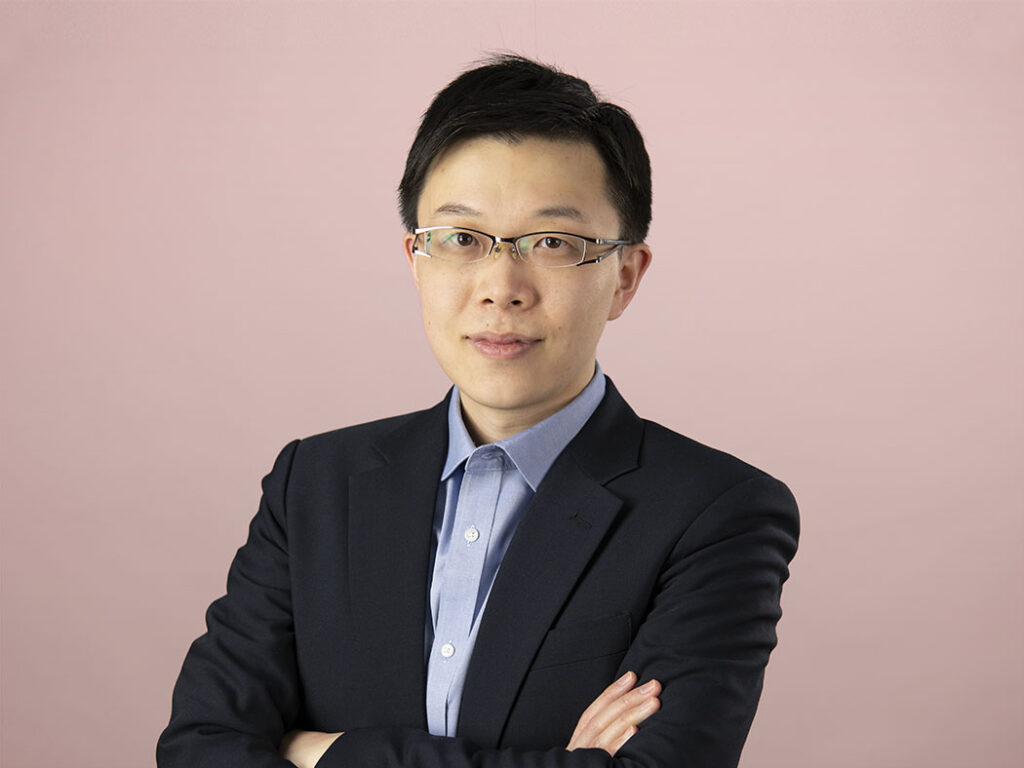Haier’s Adaptive Strategy Wins In The Face Of COVID-19 Challenges
The world post-COVID-19 is uncharted territory. We can agree, however, that the pace of change will remain significantly high, and so will the level of uncertainty. These conditions will make it extremely difficult for most firms to sustain their competitive advantages over the span of many years. That’s why firms need to embrace an adaptive strategy. Forrester defines this as the ability for a firm to reconfigure its underlying business concepts. The resulting adaptiveness will help customer-obsessed firms win in future, highly volatile markets. Case in point, the adaptive strategy of Haier in China helps the company win today — even during the COVID-19 crisis — and prepare for tomorrow’s opportunities. After the COVID-19 outbreak in January 2020, Haier’s adaptive strategy helped the firm to:
- Return to full capacity as of February 25. Haier’s domestic factories resumed production before most Chinese firms. How did it do this? First, it leveraged its ability to detect and analyze signals across its ecosystem of thousands of microenterprises in China. Second, clear communication channels through its lean organizational structure allowed for a rapid return to full production capacity. As a result, Haier gained significant advantages over its competitors.
- Fulfill 99.8% orders throughout February. With its production capacity close to zero in China, Haier was able to quickly reroute orders to its connected factories overseas and optimize its global operations, supplier resources, and logistic plans. Haier was able to address the demands of its global customers in spite of the supply chain disruptions in China.
- Enable partners’ production of medical apparels. A key tenet of Haier’s adaptive strategy is its COSMOPlat industrial internet-of-things (IoT) platform. This platform supported the establishment of the first autonomous mask production line in Houma, Shanxi, with the creation of a medical material information-sharing platform in two days. Its global supply chain provided medical materials for over 400 firms for production of masks, protective clothing, and goggles.
What Is Haier’s Adaptive Strategy?
Haier’s adaptive strategy enabled it to respond to COVID-19-induced challenges in an efficient and effective manner. Business and technology leaders can learn from Haier’s adaptive strategy and apply good practices in organizational, market, and technology adaptiveness, including:
- Nurturing and enabling entrepreneurs. Rigid hierarchical structures inevitably slow down execution. Haier organizes employees in self-managing microenterprises (MEs). A distributed governance model then enables these MEs to react quickly to emerging customer demands. Finally, a strong entrepreneurial culture quickly scales successful business models.
- Fostering lifelong users with digital ecosystems. MEs strive to evolve transactional relationships from buyers of products into lifelong users of connected products and ecosystem participants. For this, Haier drives iterative engagements with users on its digital platforms and collects digital insights. Such insights enable incremental improvements to products and services or spark ideas for potentially disruptive business models.
- Accelerating transformation using technology platforms. Haier develops and uses technology platforms such as COSMOPlat, a cross-industry, multidomain industrial IoT platform. Such a platform enables the company to leverage and scale the power of emerging technologies and deliver breakthrough capabilities, like mass customization.
Our recent “Case Study: Haier Builds An Adaptive Enterprise” Forrester report dives a lot deeper into the details of Haier’s adaptive strategy. And if you’d like to discuss your company’s strategy for transformation, feel free to reach out to me directly or set up an inquiry by emailing inquiry@forrester.com.
